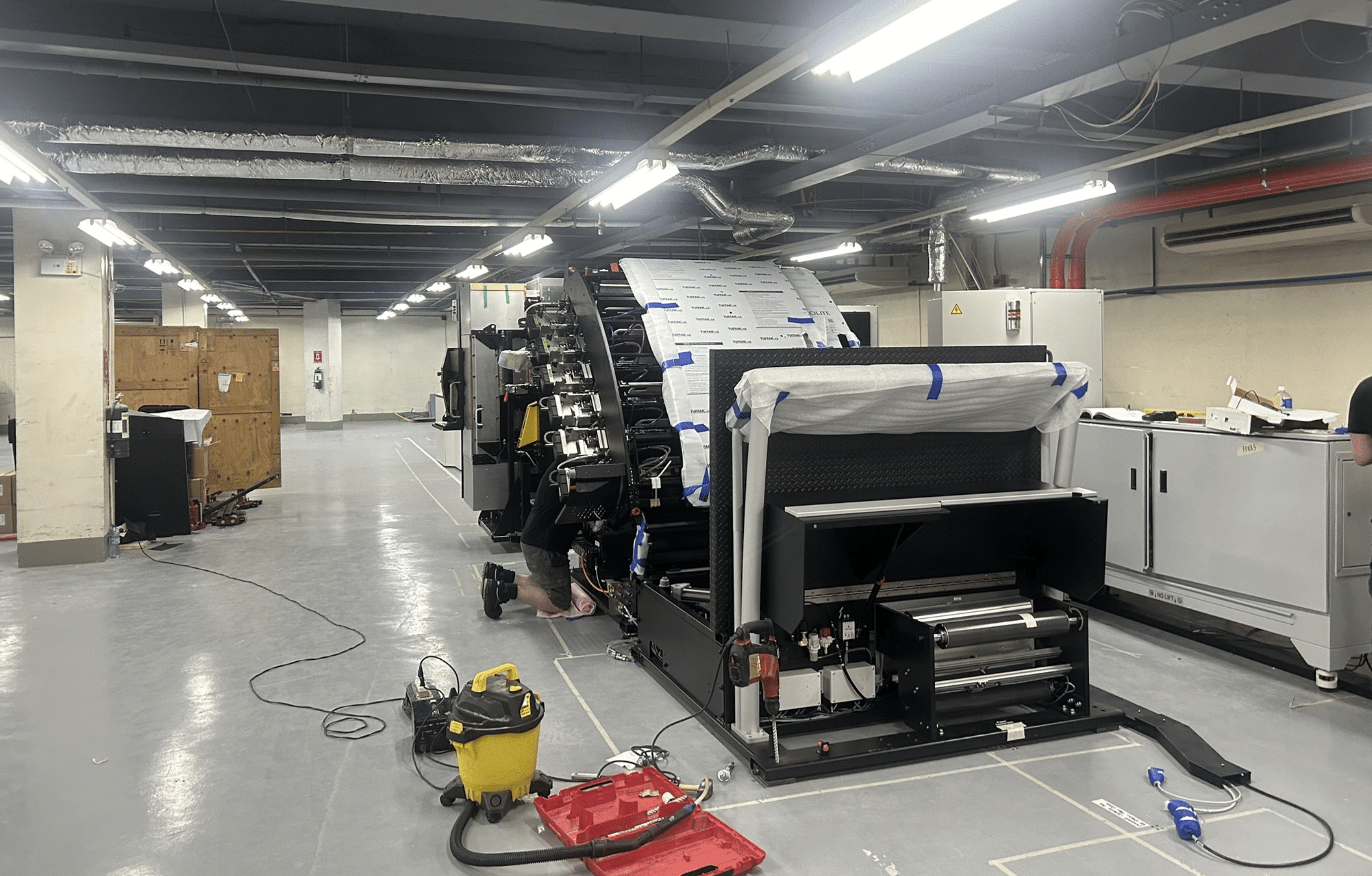MANILA, Philippines — The new machines that will be used to print the ballots for the 2025 elections are “fully automated,” an HP company official said on Tuesday.
“Walang hahawak ng ballot. So from roll [of paper] to ballot, yun na yung output, diretso na yan sa verification. Sinasabi ni director, kaunting tao lang, kaunting preparasyon kasi fully automated na siya,” HP Category Manager for Asia Pacific and Japan Tony Paguirigan told reporters during the inspection of the printing machines at the National Printing Office (NPO)
(No one will touch the ballot. So from roll of paper to ballot, that is already the output, and will proceed directly to verification. The director said it will require little manpower and minimal preparation because it is fully automated.)
NPO Director Rene Acosta said the new machines will fast-track the printing of the ballots.
READ: Comelec targets to start printing ballots by December
“May timetable kami sa printing and with these new machines, ang sabi nga ni HP, mapapabilis, mapapaaga, and we’re very confident that we can hit the target. Not only meeting the target but even beyond that,” he added.
(We have a timetable for the printing and with these new machines, as HP said, the printing will be done faster, and we’re very confident that we can hit the target.)
If the ballot-printing machines fail, the backups are already stored in the machines.
“Backup plan, mayroong redundancy in itself kasi 90 percent ng spare parts ay andito na sa makina na ‘to… ang point of failure nito, I would say very minimal kasi walang human intervention,” Paguirigan said.
(Backup plan has redundancy in itself because 90 percent of the spare parts are already installed in the machine… I would say the point of failure is minimal because there is no human intervention.)
Acosta said the NPO could still use their backup printing machines for every election “in extreme” cases.
“Mayroon naman kaming contingencies such as yung ballot printing. Di naman namin puwedeng isugal na umasa lang kami dito, we have contingencies,” the NPO chief aded.
(We have contingencies such as ballot printing. We can’t risk it and depend here, we have contingencies.)
Paguirigan also said the ballot-printing machines were made in the United States last March.
“First in Asia, first two units in Asia. Instead na apat na makina, dalawa na lang kasi yung makina na ‘to, kaya niyang mag-produce ng up to 62 million pages per month ng letter size na balota. But in this case, ang balota natin, 8 ½ by 27 [inches] so ang target namin to produce per day with these two machines is one million ballots per day,” the HP official explained.
(Instead of four machines, there are only two, and one can produce up to 62 million pages per month of letter size ballot. But in this case, our ballot size is 8 ½ by 27 inches, so our target to produce per day with these two machines is one million ballots per day.)
“Yung mga taong gumagawa nito ay highly specialized, highly trained from different countries. The best of the technical people around the world, dinala namin dito para mapabilis ‘yong installation,” he added.
(The people who made it are highly specialized and highly trained people from different countries. We brought the best of the technical people around the world to fast-track the installation.)
Meanwhile, Commission on Elections (Comelec) Chairman George Garcia said that even if the machines will require the least human intervention, it is still important for manpower to check the ballots.
“Kahit pa sabihin na least intervention ang tao sa makina, hindi naman puwedeng matapos maimprenta ay walang intervention ang tao na makita yung mismong produkto ng makina. Yun po yung matagal kasi mayroon pong ballot verification tayong ginagawa. Yung nakikita ng naked eye, mayroon bang dent, mayroon bang maling kulay? Mali ba yung time marks? Titignan po yan manually ng mga tao natin,” Garcia explained.
(Even if we say that the machines need the least human intervention, the printing process can’t be finished without the manpower looking into the actual product. That’s what makes the process long because we have ballot verifications. What the naked eye sees, is there any dent? Is there any wrong color? Are the time marks wrong? Our people check these manually.)
Garcia previously said that the Comelec is eyeing to start printing ballots by the second week of December as the certificates of candidacy are scheduled to be filed from October 1-8 for national and local polls and November 4-9 for the Bangsamoro Autonomous Region in Muslim Mindanao parliamentary elections.
READ: Comelec, Miru, NPO ink deal on ballots
Garcia said each printing machine costs P300 million. The first machine was delivered at the NPO on September 16 while the second one was delivered on Saturday.


